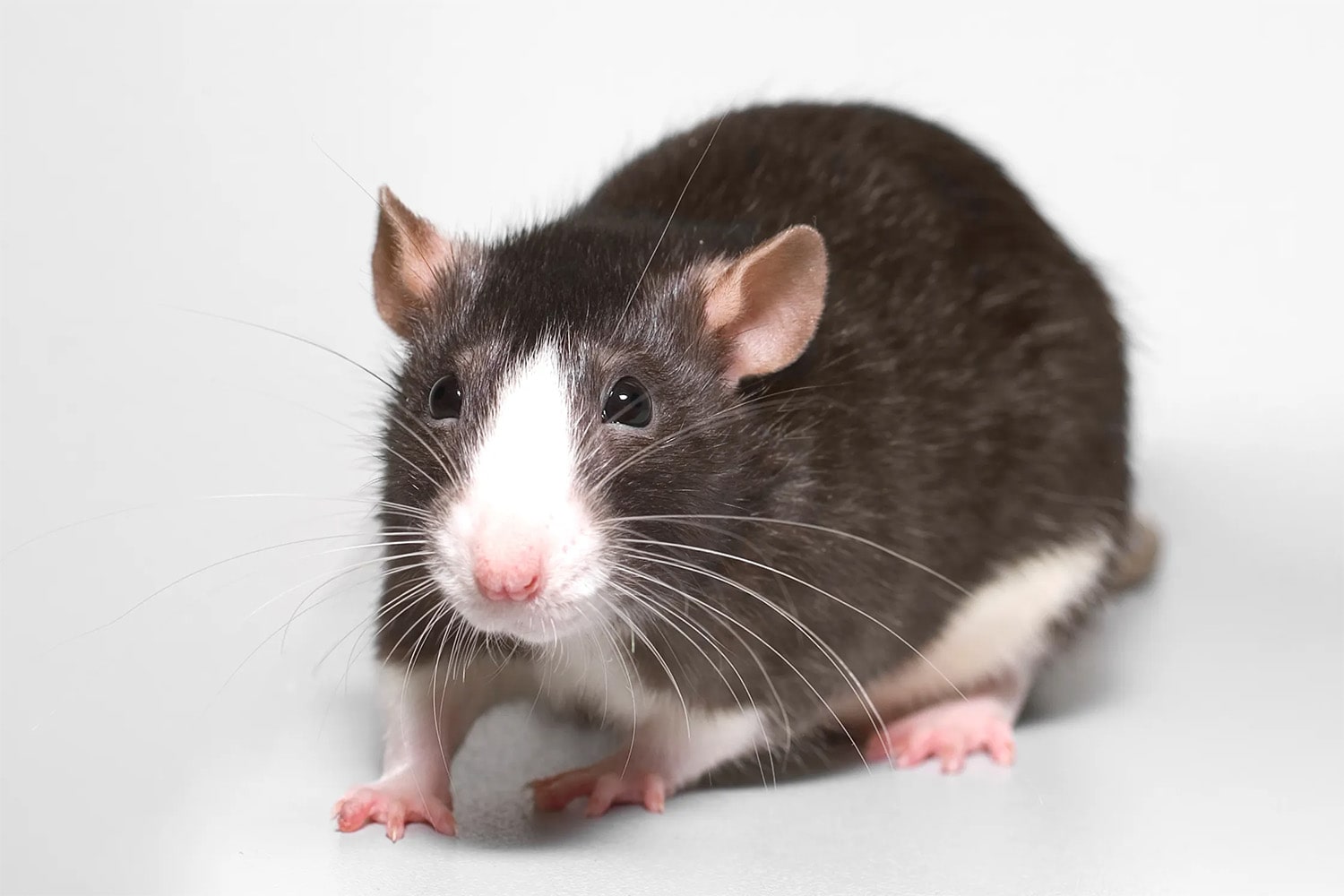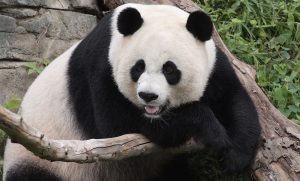
32 interesting facts about rats
- 👁️ 1486
Rats are often misunderstood creatures that play complex roles in both natural ecosystems and human societies. Despite their negative reputation as pests, rats are intelligent, adaptable, and fascinating animals with remarkable abilities. They have been associated with humans for centuries, contributing to both scientific research and urban legends. Rats are members of the rodent family, and there are many different species around the world, each with unique characteristics and behaviors. This article aims to shed light on these intriguing animals by presenting 32 interesting and informative facts about rats.
- There are over 60 species of rats distributed worldwide.
- The most commonly known species are the Norway rat (Rattus norvegicus) and the Roof rat (Rattus rattus).
- Rats are highly intelligent and capable of learning complex tasks.
- They have an excellent memory for navigation and can remember routes to food and water sources.
- Rats are social animals and live in communities where they form hierarchies.
- They communicate with each other using high-frequency sounds that are inaudible to humans.
- Rats are omnivores, eating a wide range of foods from plant material to invertebrates.
- They have strong teeth that can chew through materials like cinder block, aluminum, and glass.
- Rats’ teeth never stop growing, so they gnaw on hard surfaces to keep them trimmed.
- The lifespan of a wild rat is typically around one year, but domesticated rats can live up to three years.
- Rats have poor eyesight and rely heavily on their senses of smell and hearing.
- Their whiskers are highly sensitive and help them navigate in the dark.
- A rat can squeeze through openings as small as half an inch in diameter.
- They are excellent swimmers and can survive being flushed down toilets, leading to urban myths of “sewer rats.”
- Rats can fall from a height of 50 feet without sustaining injuries.
- They reproduce rapidly, with females capable of producing up to five litters a year.
- A single pair of rats can produce a descendant population of up to 2,000 rats in one year under ideal conditions.
- Rats play a crucial role in ecosystems as prey for a variety of predators, including owls, snakes, and foxes.
- They are also important seed dispersers, helping to spread plants.
- Rats have been used in scientific research for over a century, contributing to many medical breakthroughs.
- The rat genome was fully sequenced in 2004, offering valuable insights into genetics.
- They have been known to display altruistic behavior, helping injured or sick members of their community.
- Rats can laugh when tickled, producing ultrasonic vocalizations.
- In some cultures, rats are revered and considered lucky.
- The rat is one of the 12 animals in the Chinese zodiac.
- In India, the Karni Mata Temple is home to thousands of rats that are worshipped and protected.
- Rats are clean animals, spending several hours each day grooming themselves and each other.
- They can harbor and transmit a number of diseases to humans, including leptospirosis and the plague.
- The term “rat race” is commonly used to describe tedious, competitive work environments.
- Rats have been trained to detect landmines and tuberculosis due to their keen sense of smell.
- They are nocturnal creatures, most active during the night.
- Despite their negative image, rats have been kept as pets for centuries, valued for their intelligence and companionship.
Rats are incredibly adaptive and resilient animals that continue to survive and thrive in almost every environment on Earth. Their intelligence, social structure, and interaction with humans make them one of the most interesting subjects of study in the animal kingdom. While they may be considered pests in many contexts, their contributions to ecosystems and scientific research cannot be overlooked. The complexity and diversity of rat behavior and biology underscore the importance of understanding and appreciating all species, no matter how small or misunderstood.











